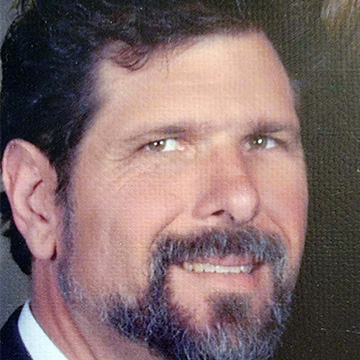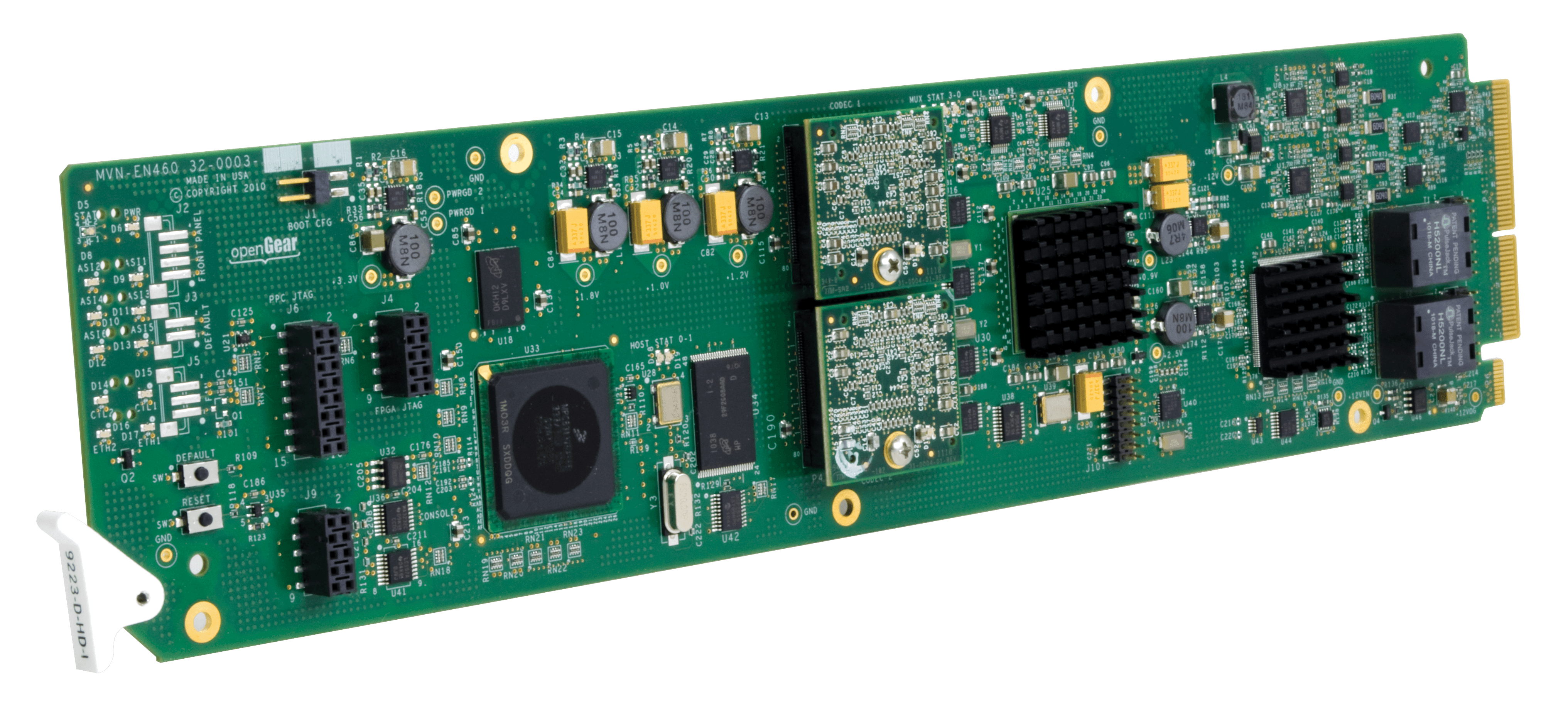San Diego Rock Church is a non-denominational Christian Church dedicated to helping people discover God, grow individually, and make a difference in their community, country, and world.

We officially opened our doors in 2000 and have always been a particularly outward facing, service-oriented church in constant motion and relentlessly hands-on. For us, it’s all about removing the church walls so we can reach beyond our physical community and provide a practical way to effectively connect with those waiting and wanting to know the hope of Jesus. It’s why we have more than 100 outreach and discipleship ministries, annual citywide events, and four satellite campuses.
[Streaming Services: Houses of Worship and the Online Experience]
I’m the senior video systems engineer of Rock Church. I oversee the design, installation, and operation of the video, broadcast, projection, and intercom systems at the main campus as well as our off-site locations.
About seven years ago, we were preparing to open our first satellite site approximately 20 miles away from the main campus when I met Bob Nahrstadt of Clark IS, a systems integration company. While we were trying to visualize how the satellite experience would work, Bob introduced us to the concept of a VTE or Virtual Teaching Environment. A VTE required sending both a typical I-MAG feed and a locked-off (or static) shot of our pastor, Miles McPherson, to that first remote campus so he appeared nearly life size on the stage. The system was ideal for live, time slipped, streaming of Pastor Miles’ message for all five Sunday services at the time.

To keep the image of Pastor Miles as authentic as possible and help the audience accept him as if he were right there in front of them, we had to ensure that not only were the two video feeds synced, but the audio tracks had to maintain lip sync as well. We looked at dark fiber, public internet contribution servers, and satellite solutions, but they were all either too expensive, too susceptible to signal interruption, or the latency was far too long. Bob created an elegant and robust system with the Cobalt 9223 multicast encoder at its core, which allowed us to leverage our Metro-E connection to the campus and gave us the two HD streams we needed with 24ms of relative latency, lip sync, and frame sync between the two signals—along with extremely dependable quality and availability.

The original installation went smoothly; the physical installation was a breeze and getting the system up and transmitting was quite simple. When we moved to setting up the campus and getting the system to decode the multicast, it was equally straightforward. Subsequently, we did some trial-and-error testing by connecting to the encoder through an openGear frame at the main campus.
[Diversified Turns to L-Acoustics at First Baptist Church Woodstock]
Starting with a fairly high bit rate, we incrementally reduced it until we could perceive a loss of quality. Then, we increased the bit rate to get the highest quality picture (with a little headroom) to establish the lowest bit rate that gave us an excellent signal, plus a little padding to cover any network hiccups.
I was pretty much glued to Bob’s side throughout the process; his faith and experience with this system design and the Cobalt components was reassuring, and he provided the best training I could have received. He was a tremendous asset.
All these years later, the quality and reliability of the Cobalt gear we use is still very important to me—the products are robust and provide great quality signals. I have a virtual campus setup in the equipment room at the main campus and a monitor in the control room for each stream in the multicast, so I can keep an eye on them. But they are so reliable I don’t stress about the system, I just take a look at the monitors from time to time just to be sure all is well and move on to the other tasks at hand.
Before COVID, we had grown to four campuses all using this system every Sunday. COVID threw a wrench in that scenario, however, and we had to pivot and find a way to reach people at home with God’s message. We became a wholly internet broadcast service model until the lockdowns eased. I think everyone would agree church has changed, and we can’t go completely back to the previous way we connected with people.
[The 2022 Integration Guide to House of Worship]
In our case, we continue the broadcast model for our family across the nation and the world connecting via the internet. While that part of the church is evolving, we have now reopened all our campuses for our family that prefer to gather to worship our Lord. However, our VTE has run its course, so we are employing our multicast system in a slightly different way and using it more as a content delivery system.
While our offsite family can still watch a message by Pastor Miles, now it is pre-recorded and a little more polished than a live broadcast. On Sunday mornings, we send the pre-produced message to our campuses via our Cobalt multicast system for them to record and use the rest of the day. No one operates the system, it just works. This has become the most reliable and highest quality way to distribute the message.
We still use the Cobalt 9223 at the main Point Loma campus to encode and stream via our Metro-E connection to all locations. At the campuses, a Cobalt 9220 ASI gateway intercepts the multicast, converts it to two ASI streams, and sends those streams to a pair of ASI-to-baseband decoders. From there it is sent to the local media server for ingest and playback.
Cobalt gear has earned its place on our “go to” list. We rely on the products for various jobs ranging from HD-SDI to HDMI conversion for monitors throughout our campuses to our multicast system and frame syncs in our main equipment room. The future is very fluid right now, so it is hard to predict what our needs will be even nine months from now. Cobalt, however, is always at the top of my list when I need answers to any production situation.
